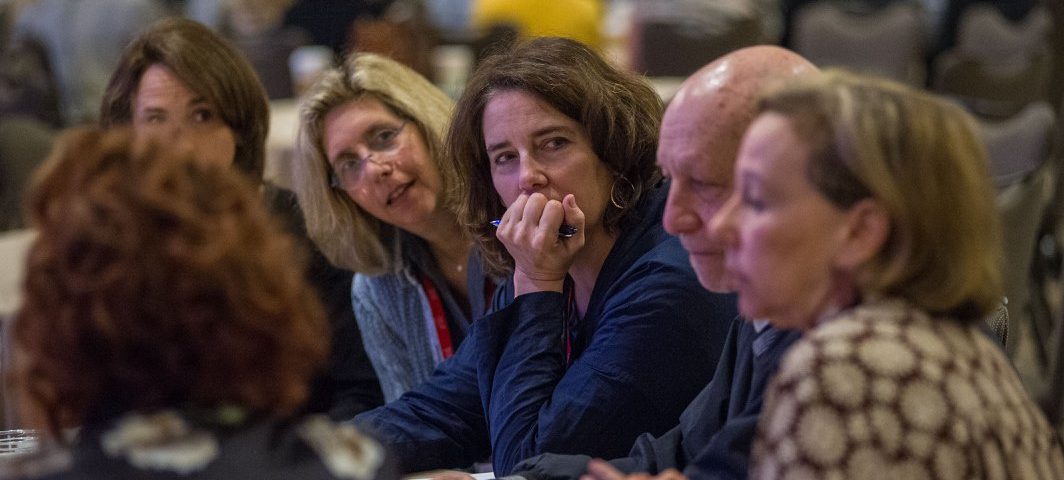College Admissions is Like a Box of Cupcakes

Last week, I attended the semi-annual conference of the Independent Educational Consultants Association, or IECA, of which I am a professional member. Held in Austin, Texas, it was an opportunity for me to network with my colleagues and to make return visits to the University of Texas at Austin and Southwestern College, and then mosey on down to Houston to visit Rice University. In the photo that accompanies this blog, I am the second person on the left, the one with blond hair. The photo was taken at a roundtable, a session where independent consultants share knowledge and information.
The conference also included a number of workshop sessions on various topics related to college admissions. One of the best take-aways came from one of my colleagues in a discussion on managing expectations. I think it is an apt analogy to how colleges make decisions on applicants:
Imagine a dozen cupcakes in a box. The cake part of each cupcake is the GPA and the transcript of each student. The frosting comprises the students’ standardized test scores – SAT, ACT, even SAT subject tests – and the sprinkles are everything else. So imagine, for example, 12 students applying to Yale University. All of them have the same cake and the same frosting, i.e. challenging classes, high GPAs, and excellent test scores. It’s all about the toppings – Jimmies or sprinkles, gummy bears, shredded coconut, chopped nuts – whatever. Each once of those cupcakes, er, students, has a different topping on his or her cupcake. And it is the difference among the toppings that influence the ones you want to eat.
So, too, in college decisions, the differences among those toppings are what determine the decisions that college admissions staff make to admit, deny or defer, and even wait list students. So it may be the sprinkles that sway a decision one day; perhaps the nuts on the other. Bottom line is that it doesn’t mean that one student is better than another, but that colleges may be looking for certain toppings or that certain toppings are of greater interest and appeal at a certain point of time. It may be the oboe player for the orchestra; the goalie for the soccer team; the student who has made a major impact, not just in his school, but in other high schools as well; the student whose tongue-in-cheek story about being the computer guru for his family evidences a wry sense of humor that makes the reader chuckle; the self-taught juggler; or the student who revels in being old-fashioned.
Every student has something particular to offer to colleges, and that’s where the decision-making becomes difficult. In my experience, I have found college admissions deans and directors to be thoughtful, caring and responsible people who take their jobs seriously. It isn’t always easy choosing the toppings for those cupcakes, and different schools may choose different cupcakes. But somehow, at the end of the day, there won’t be any more cupcakes in the box.

